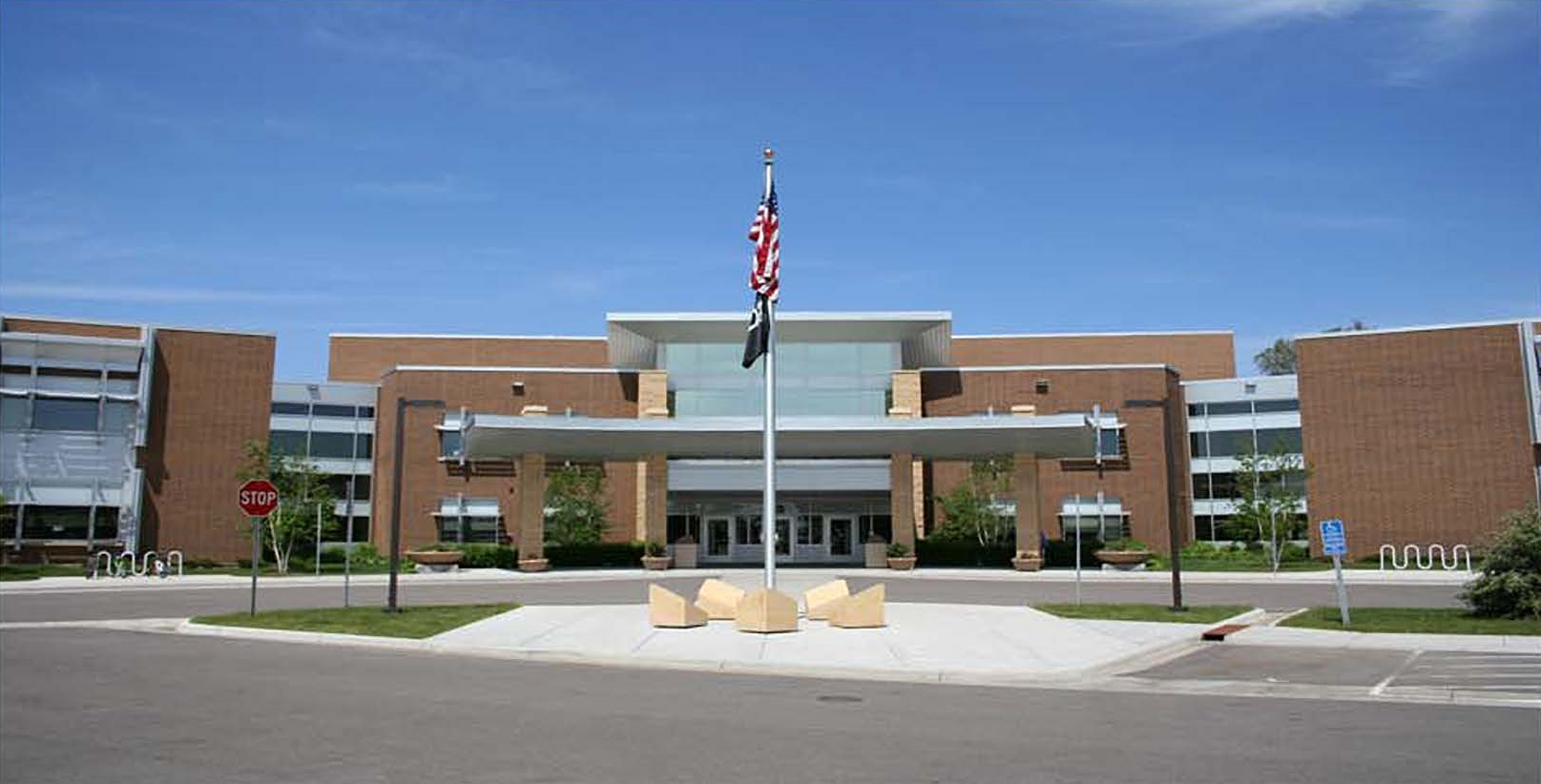
SOUTH EDUCATION CENTER – ID 287
Overview
Founded in 1967, Intermediate District 287 was born out of a common goal to provide students with new options in vocational education. Over the course of 40 years, the district has added a reputable list of academic specialty areas, and has grown into 13 west Minneapolis area districts. When the time came to create a learning space for special needs students, including programs for autism and an alternative learning center, the district went to every effort to ensure the building would be worry free; as dynamic and innovative as the education. By enlisting the help of TSP engineering and design expertise, as well as applied HVAC solutions from Midwest Mechanical Solutions, ID 287 can proudly boast their new South Education Center as one of the most efficient and sustainable buildings in the entire state of Minnesota.
Noted Sustainable Features
- Geothermal system for heating and cooling
- Received all 10 points in EA credit-1 in LEED scoring system
- “Green” cleaning and maintenance program
- 64% more efficient than the energy benchmark
- Ultra-low 44kbtu per square foot
- Energy cost is $1.06 per square foot
- Rain gardens for storm-water control
- Roofing reflects sunlight for cooling efficiency
Awards
- LEED Certified
- ACEC Engineering Excellence Award
- SCEC Award
- Xcel Energy’s “Most efficient building designed
- and built for 2009”
QLCI, Designed by TROX, Displacement Induction
One of the most important pieces of equipment in the classrooms at South Education Center is the floor-mounted displacement induction ventilation units. These units utilize induction of ventilation outside air (OA) with a low-velocity air delivery method known as thermal displacement ventilation. This form of air delivery reduces the amount of OA required in the space by raising the ventilation effectiveness compared to a mixed air system. This decrease in required OA greatly reduces the cooling and heating energy required to serve the space. By using water in the zone/classroom to condition the air rather than taking the air back to a central station AHU, the amount of heating and cooling required is also greatly reduced. Displacement induction ventilation also provides fresh clean air in a directly occupied zone, by carrying the contaminants off-gassed from objects and people up to the unoccupied space. Once in the unoccupied space, the same contaminants are exhausted from the building.
QLCI displacement induction ventilation diffusers possess a combined cooling and heating coil to condition, and heat or cool the return air in that zone. This provides excellent, independent temperature control of each zone. The return air is pulled through the coil by the induction nozzles, mixed with the ventilation outside air, and supplied to the space down low at a very low velocity and slightly lower temperature than the space set point temperature. In addition, there are no moving parts or filters in the unit, which greatly reduces maintenance requirements. QLCI units provide the quietest air delivery method available. With no moving parts or fans placed in the classrooms, they can be designed quietly enough to meet ANSI S12.60 standards (35 dba). These units provide a space with fresh, clean air, and low CO2 levels, and replace typically noisy mechanical equipment with a quiet and low-maintenance alternative. Such benefits result in a healthier, distraction-free learning environment.
TROX Model DID-300 Chilled Beams
Active chilled beams are used in the corridors, offices, administrative offices, and conference rooms of the South Education Center. Through induction, the chilled beam mixes ventilation (OA) air with the zone return air to deliver conditioned air through a 2-way linear diffuser. In this case, the air delivery method is at the ceiling and the zone is a mixed air zone. By using chilled water to condition the air directly at the zone rather then sending air back to a central station AHU, the amount of fan energy and heating and cooling energy required are greatly reduced. The chilled beams have a heating and cooling coil which provides precise control of each zone. The chilled beams come in sizes from 3 feet to 14 feet long. By using active chilled beams In this facility the owner is able to save energy and provide precise control to individual zones.
Where
Richfield, Minnesota
Local Rep
Midwest Mechanical Solutions
Design
TSP
MECHANICAL cONTRACTOR
Pearson Mechanical
EQUIPMENT
QLCI Displacement Induction Ventilation & Chilled Beams
The QLCI provided a single product that is under the control of the mechanical contractor while delivering an effective displacement ventilation solution.
When non-condensing chilled water is available, this device allows for treating small and variable occupant spaces effectively. Where displacement ventilation was not practical, the chilled beam was used because it allowed for a primary air system and non-condensing chilled water to deliver conditioned air. A more costly mixing system using a fan coil with traditional diffusers would have taken up more ceiling space and been more costly.